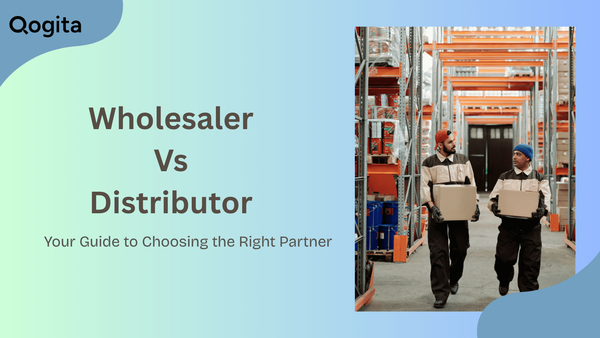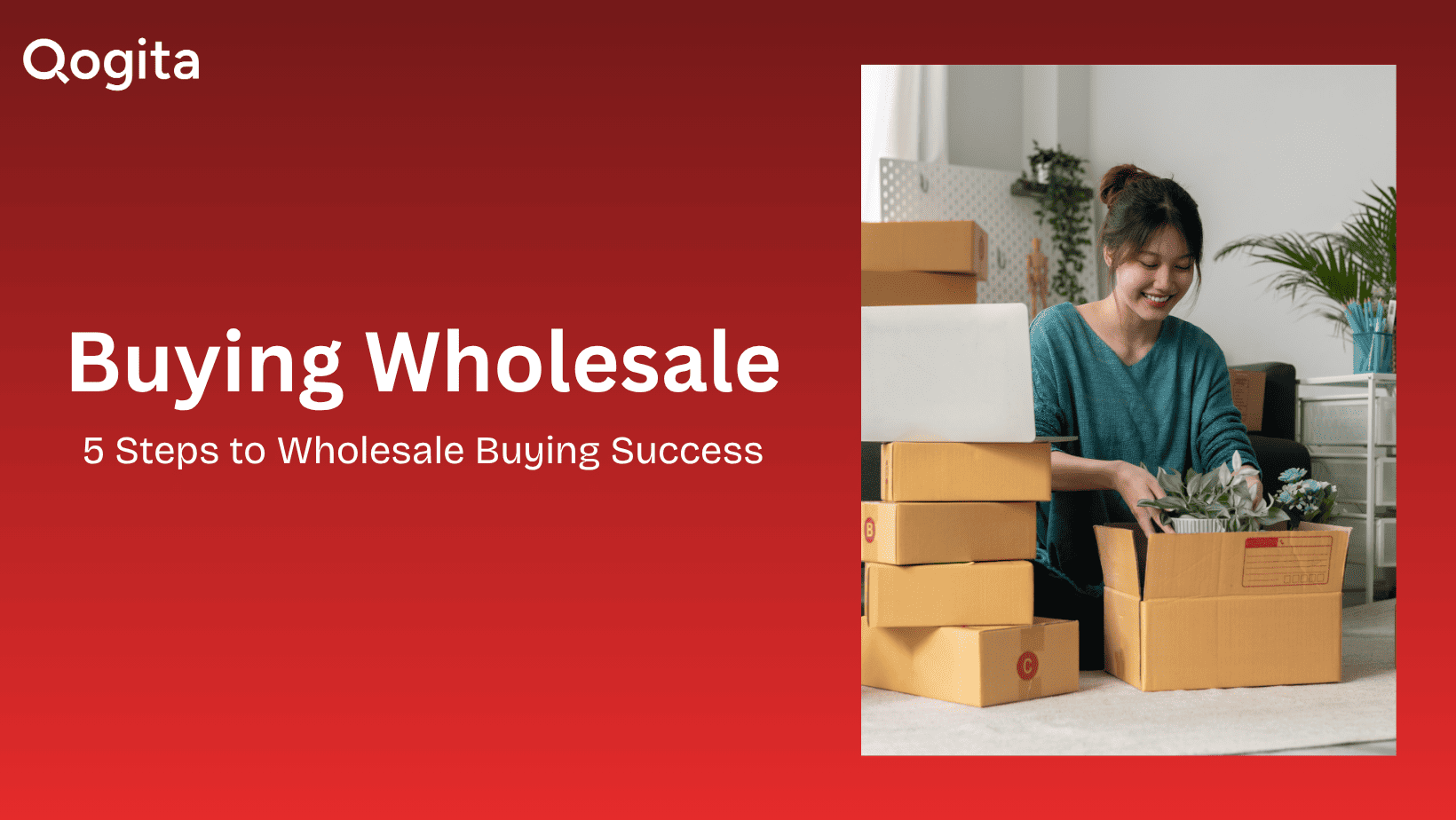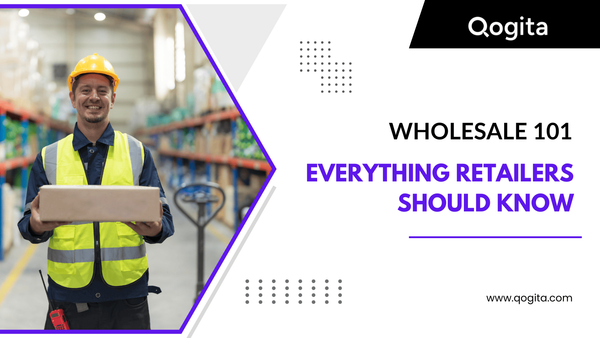How To Sell On Amazon In 7 Simple Steps (2025 Guide)
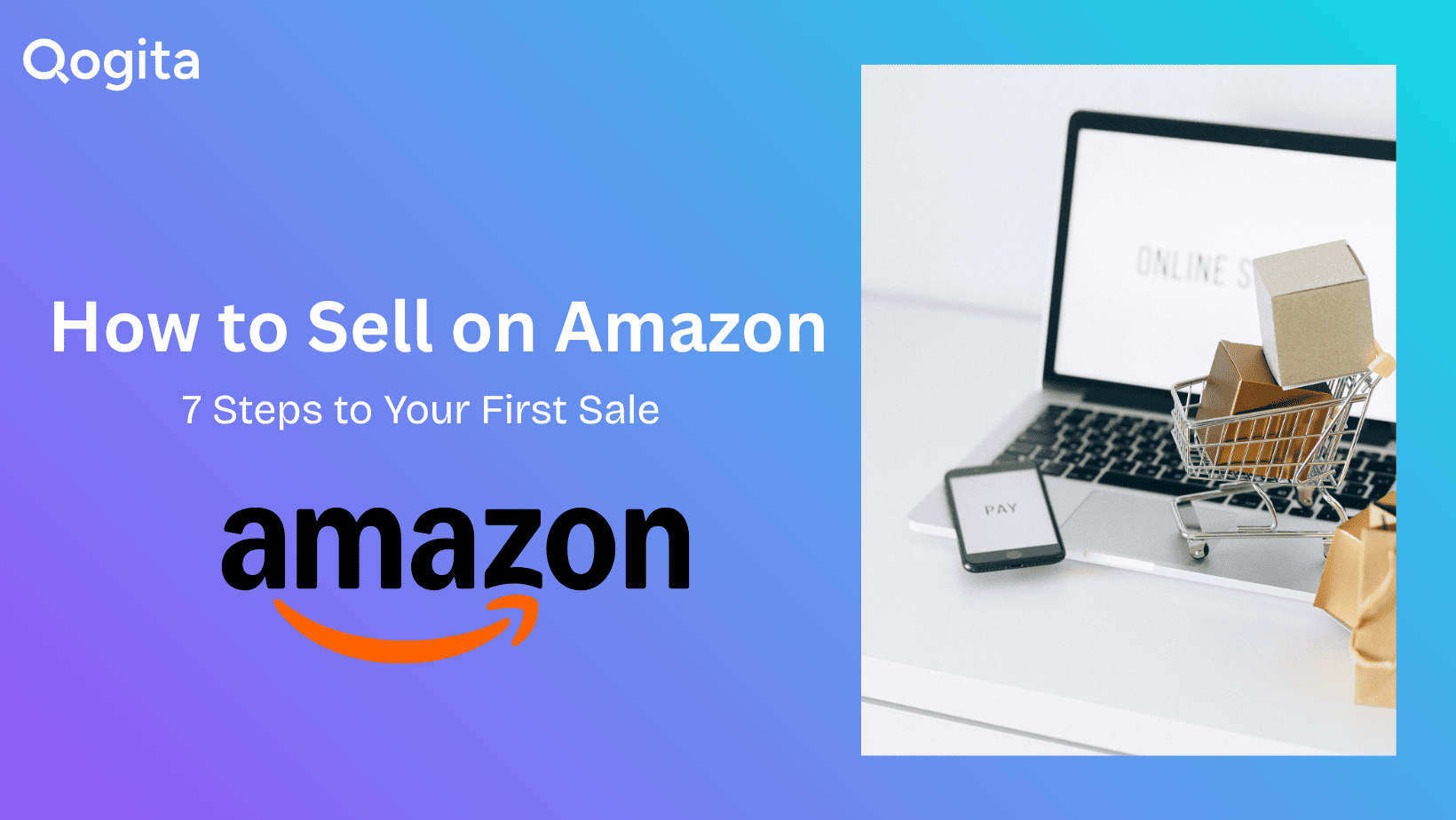
Amazon has become the go-to marketplace for entrepreneurs who want to reach millions of customers. In fact, Amazon’s global net sales reached $638 billion last year, and this number will climb even higher in 2025.
This makes Amazon one of the best places for new sellers to launch their business, grow their brand, and generate a new and steady stream of income by reaching a worldwide audience.
But how to sell on Amazon? Is selling on Amazon worth it? Our complete guide on how to sell on Amazon will walk you through everything you need to begin your journey as a successful Amazon seller.
Before you start selling on Amazon: Choose the right business model for your seller account
When it comes to selling on Amazon, one of the first steps is choosing the right business model. This decision will shape how you source products, manage inventory, and scale your business.
Amazon offers you the flexibility to select the business model that fits your goals, budget, and long-term plans. Let’s take a closer look at all your options:
1. Online Arbitrage
Online arbitrage is a model where you buy products at discounted prices from online retailers and resell them on Amazon at an inflated price.
For example, imagine an oven listed for $499 on Amazon that you find for only $120 at Walmart. By purchasing it from Walmart and selling it on Amazon at its market value, you can pocket the profit from the price difference.
The main problem with this model is that you need to search for discounted items online constantly. Now, this can be very time-consuming, and while you can make quick profits from the difference amount, it’s not always the most reliable option for building a sustainable long-term business.
2. Retail Arbitrage
Retail arbitrage works in a similar way to online arbitrage, but instead of searching for discounts online, you have to physically visit retail stores to find products being sold at a lower price.
3. Wholesale
One great way to sell on Amazon is through wholesale. With this model, you can buy products at wholesale prices and then resell them on Amazon for the full retail price.
The difference with wholesale and retail arbitrage is with retail arbitrage you can just buy one product and sell it only once, but with wholesale you can purchase in bulk, which makes it more reliable. You can restock the same product again and again without worrying about inventory running out.
This model also gives you a competitive edge because you can choose to sell at a discounted price compared to other sellers to attract more customers and as you already know, more customers means more profits.
The only drawback is finding the right supplier and dealing with competition, since anyone can access and sell the same products.
Online wholesale marketplaces like Qogita make this process easier by connecting sellers with trusted suppliers, but the competition factor still remains.
4. Private Label
Private label is one of the most popular ways to sell on Amazon because it lets you build your own brand. In this model, you source generic products from manufacturers, put your own logo and packaging on them, and sell them as your own brand on Amazon.
The biggest advantage of private label is control. You’re not just reselling a product but creating a brand that customers can recognise and trust. However, it takes more time, money, and effort to get started. You’ll need to invest a lot in branding, packaging, and marketing to build visibility.
There’s also some risk if your product doesn’t gain traction, you’ll be sitting on inventory. At least with the wholesale model, your products will sell because you can target best-selling and branded items.
For example, if your niche is beauty, you can sell Maybelline products, everyone already knows the brand so customers are more confident buying it. With private label, it can take years to build a name that people trust.
5. Passion Product
The Passion Product model is all about creating and selling something you’re personally passionate about. For example, if you love fitness, you could design your own workout accessories and launch them on Amazon under your brand.
The benefit here is uniqueness; your product is different from others because it’s tied to your own idea and vision.
The challenge is that it takes time, effort, and investment to build demand. Unlike selling established brands, you’ll need to convince customers why they should choose your product, which can be risky in the early stages.
Plus, you need to be creative and think of many ways to make your product better and unique from the existing ones.
How to sell on Amazon?
Now that you know what business model works best for you, it’s time to start your Amazon selling journey.
1. Create your Amazon Seller Account
Before you can start selling on Amazon, you’ll have to set up your seller account. This process is simple but requires a few important decisions and documents.
Choose your plan
Before you begin registration, you’ll need to decide which selling plan works best for your business. Amazon gives you two options: the Individual plan and the Professional plan.
With the Individual plan, you’ll pay 75p for every item you sell and it’s limited to fewer than 35 units per month. The Professional plan costs £25 per month, no matter how many items you sell.
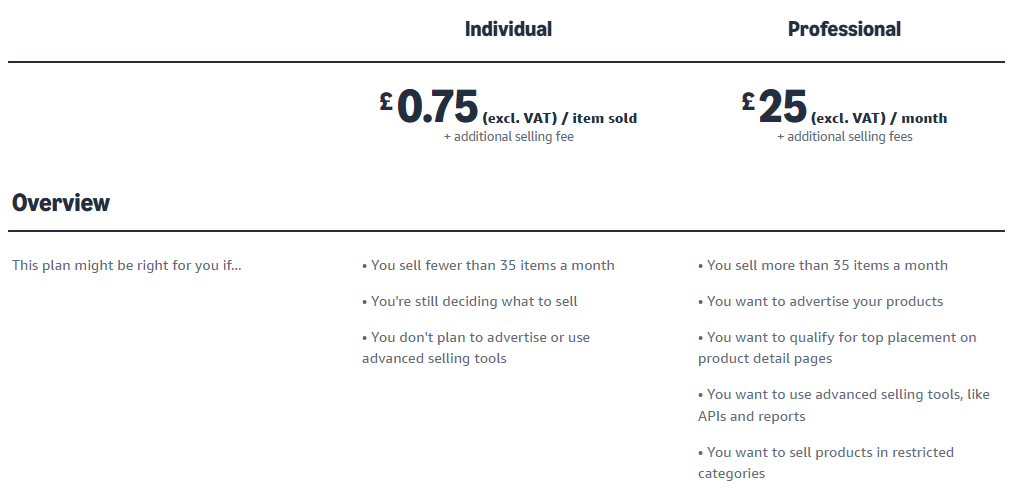
Both plans also include a referral fee, which is a percentage of the total transaction and depends on the product category. If you plan to sell more than 35 units each month, we'd suggest you go for the professional plan since it saves you money in the long run.
And don’t worry, you can always switch plans later if your business needs change.
Documents you’ll need to get started on Amazon
You can use your Amazon customer account to start selling or create a new seller account with your business email. Before you begin, make sure you have the following ready:
- A business email address or an Amazon customer account
- A valid passport or national ID for verification
- A chargeable credit card (international cards are also accepted)
- Company registration details (with a VAT number if possible)
- A phone number
- A bank account where Amazon can send your earnings
If you’re selling in VAT regions like the UK or EU, having a VAT number is important for compliance.
In the UK, you’ll register through HMRC using the Government Gateway. In the EU, you’ll register for the OSS through your chosen member state’s tax portal. Most registrations can be done online, though some may still require physical paperwork.
Once you’ve gathered these documents and registered, you’ll become an Amazon selling partner and gain access to Seller Central.
This is the place where you’ll manage your account, update inventory, track payments, and create product listings. Basically, it’s the control panel for everything related to selling on Amazon.
How much does it cost to sell a product on Amazon?
When selling on Amazon, your costs will depend on the plan you choose and the type of products you sell. There are a few different fees to keep in mind:
- Subscription fees: With the Professional plan, you’ll pay a flat £25 per month and no per-item fee. With the Individual plan, there’s no monthly subscription, but you’ll pay 75p for each item sold.
- Selling fees: These apply to every item you sell and include referral fees and variable closing fees, which only apply if you’re selling media items such as books, DVDs, or video games.
- Shipping fees: If you choose to fulfil orders yourself, Amazon charges shipping rates based on your product category and the shipping method the customer selects.
- FBA fees: If you let Amazon handle fulfilment (FBA), you’ll pay fees for order processing, storage, and any optional services (we'll discuss this in more detail later).
2. Choose what products to sell
The choice of what to sell on Amazon Marketplace is huge. Whether you want to offer vintage or pre-loved one-off items or focus on repeat sales of brand-new products, Amazon provides the platform to reach millions of customers.
Before you start, it pays to do your research. Find a niche or category that interests you, then look into popular items, demand trends, and current market conditions to help you narrow down your focus.
Focus on High-Margin Products
When you're sifting through potential products, your eyes should be firmly fixed on high-margin products.
What does this mean? It means finding items where the difference between your cost to acquire (and ship) the product and its selling price on Amazon is substantial. This allows for healthy profit after Amazon's fees, FBA costs, and any marketing expenses.
If you sell a product for $10 and it costs $9 to source and ship, you’re only making $1. But if you sell a product for $30 and it costs $10, you get a decent $20 margin to play with.
Here's how you can identify high-margin products:
- Choose products that customers see as worth much more than they cost to make. Focus on unique, niche, or problem-solving items that offer extra value.
- Consider product bundling; combining two or three complementary items can create a higher-value, higher-margin offering.
- Source strategically by exploring suppliers directly, negotiating better prices, or finding unique manufacturers.
- Avoid highly commoditised items unless you have a unique advantage, as competition is fierce and margins are low.
For example, a generic black plastic phone case might have very low margins due to competition. However, a beautifully designed and eco-friendly wooden phone case for a specific popular model, perhaps with a detailed engraving, could get a much higher price and much better profit.
Understand the Buy Box
If you're selling on Amazon, you absolutely must understand the Buy Box. It's the holy grail for sellers because it's where the vast majority of sales happen. When a customer clicks "Add to Cart" or "Buy Now," they are almost always purchasing from the seller who currently "owns" the Buy Box.
How the Buy Box works:
For any given product, multiple sellers might be offering the same item. Amazon's sophisticated algorithm decides which seller's offer gets the prominent "Add to Cart" button. While the exact algorithm is a closely guarded secret, we know the main factors include:
- Price: This is often the biggest factor. Amazon wants to offer competitive prices to its customers.
- Fulfilment Method: Sellers using FBA (Fulfilment by Amazon) or SFP (Seller Fulfilled Prime) are heavily favoured because Amazon trusts its own (or certified) fulfilment network to deliver excellent customer service.
- Seller Performance Metrics: This includes your Order Defect Rate (ODR), valid tracking rate, on-time delivery, customer response time, and overall seller rating. High-performing sellers are rewarded.
- Shipping Time: Faster shipping options are preferred as customers don't wish to wait for days to receive the product.
- Inventory Availability: You can't win the Buy Box if you don't have enough stock to meet the demand.
Example scenario:
Three sellers offering the same stainless steel water bottle:
- Seller A (You - FBA): Price $15.99, FBA, 98% positive feedback
- Seller B (Merchant Fulfilled): Price $14.99, standard shipping, 95% positive feedback
- Seller C (Merchant Fulfilled): Price $15.50, expedited shipping, 96% positive feedback
Even though Seller B has a slightly lower price, Seller A is likely to win the Buy Box due to FBA and strong seller metrics.
Amazon prioritises the customer experience, and FBA offers reliable, fast shipping and easy returns.
If Seller B’s price was significantly lower, say $12.99, they might have a chance, but it would still be an uphill battle against a strong FBA seller.
Restricted Products and Top-Selling Categories on Amazon
Some product categories can be sold without approval, and Amazon provides a list of these, along with categories that require permission.
Certain items are prohibited entirely, including:
- Alcohol and tobacco
- Animals and animal products
- Prescription medication
- Weapons and ammunition
- Coins and gift cards
If you plan to ship through a postal service, make sure to check courier restrictions as well. Companies like Royal Mail, Parcelforce Worldwide, Evri, and DPD have lists of items that are restricted or prohibited, so you don’t run into trouble fulfilling orders.
So, what sells the most in the UK?
The top product categories on Amazon include:
- Home & Kitchen
- Beauty & Personal Care
- Clothing
- Shoes & Jewelry
- Electronics
- Sports & Outdoors
- Pet Supplies
- Baby Products
- Grocery
- DIY & Tools
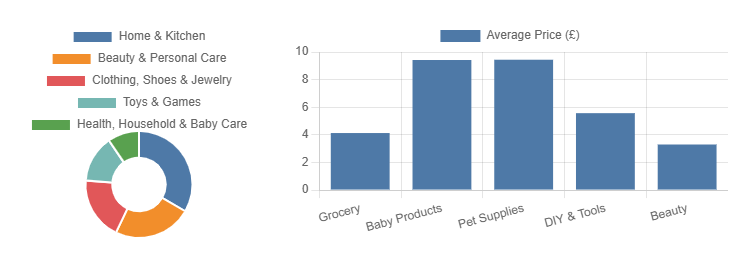
We suggest you to look for products that are in high demand but don’t face intense competition. See what items customers buy repeatedly, as recurring sales provide a consistent income and help build brand loyalty.
Also, keep in mind that the best-selling products succeed not just because of high demand, but also because their pricing is optimized to ensure profitability despite Amazon UK’s referral fees, fulfilment costs (FBA), and VAT.
3. Find a manufacturer or wholesaler for your product
There are hundreds of thousands of manufacturers and wholesalers across the globe that can produce almost any product you can think of. The key is to narrow your options down to those who can deliver the best quality at the most reasonable price.
Qogita is one of the strongest options in Europe. It’s a wholesale marketplace that brings together more than 500 suppliers offering premium brand products with guaranteed authenticity. Small businesses can take advantage of low minimum order quantities, which means you can test products without taking on too much risk.
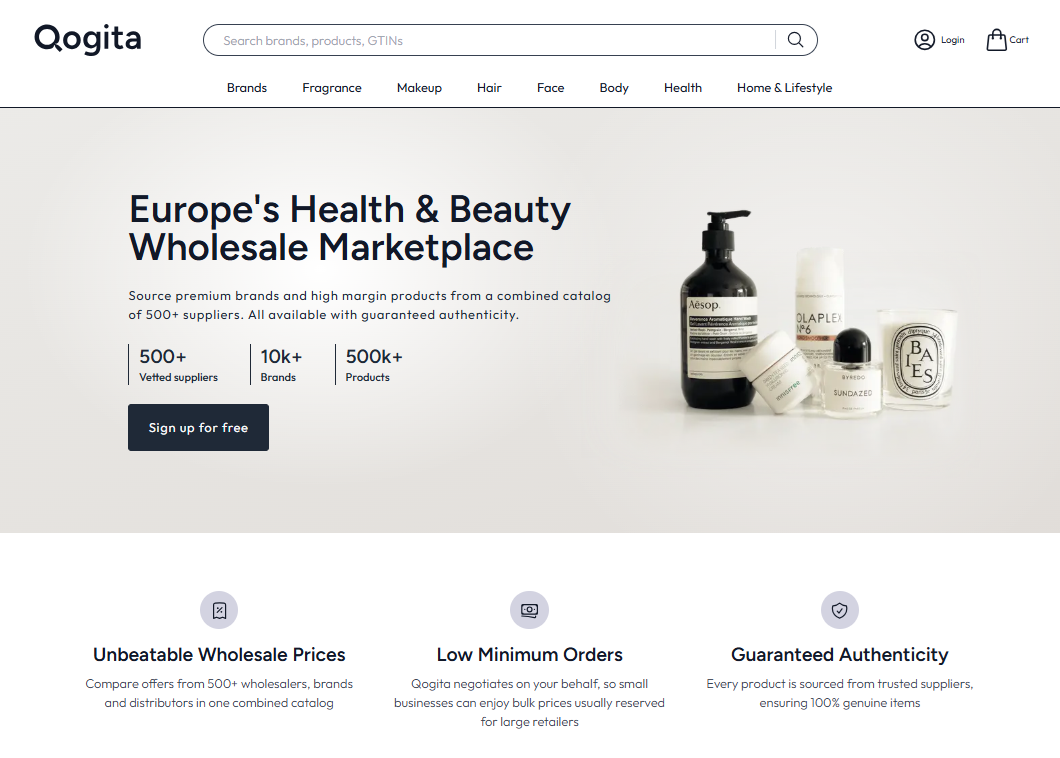
The best part is that every purchase comes with an invoice that includes the details Amazon requires for authorisation.
Unlike traditional wholesale sourcing, Qogita offers 15 or more suppliers per product, live stock data, no strict contracts, and instant access to a vetted network.
Alibaba.com is another great option for you. It’s the largest business-to-business marketplace in the world, with a search function similar to Amazon’s to help you find both products and the manufacturers who make them.
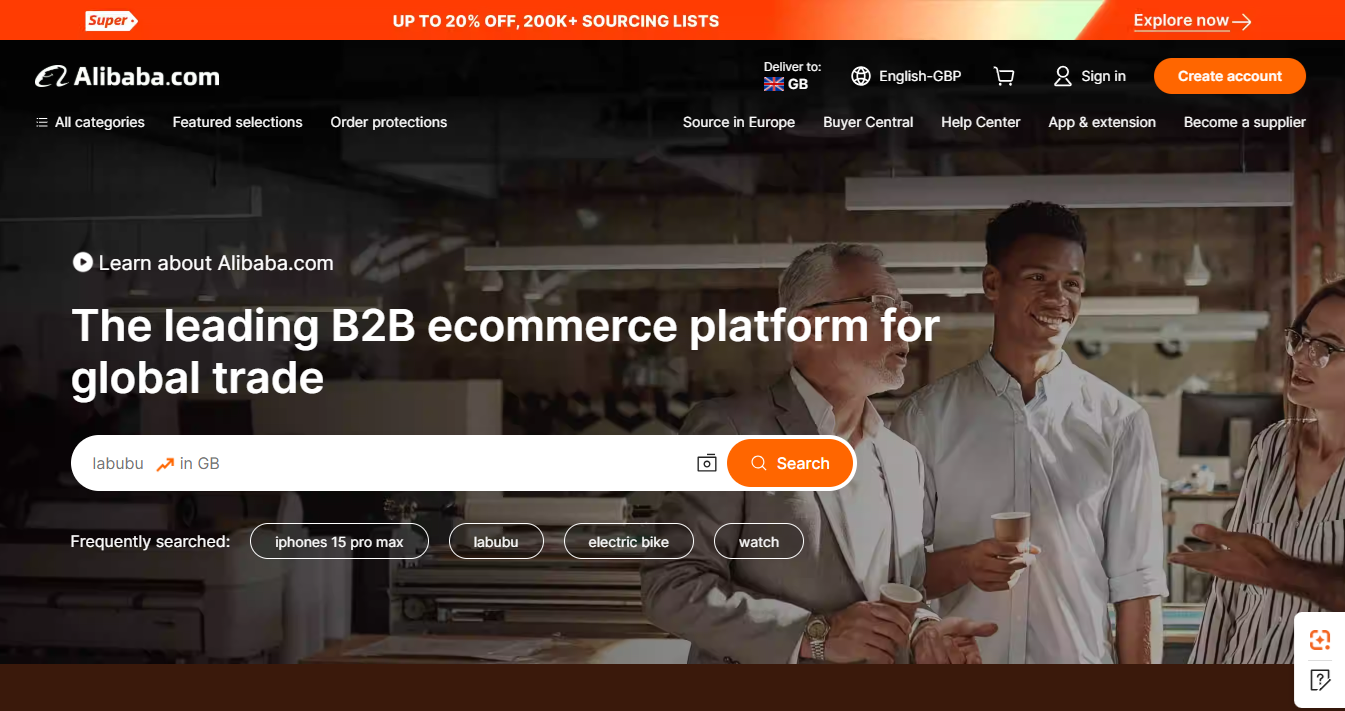
What you should look for in a supplier:
The most important factor is product quality. Reviews on Amazon carry as much weight as pricing, so you need a supplier who consistently delivers items that meet high standards.
Experience matters too so your supplier should have at least 3 years of history producing the type of product you want to sell.
Communication is another area that can’t be overlooked. You want a supplier who replies quickly and clearly, and wholesale marketplaces like Qogita even provide AI Chatbot to help smooth out this process.
The last factor is pricing. If a quote looks far higher or much lower than the competition, it could be a sign to look elsewhere.
4. Set up your product listings
To start selling on Amazon, you’ll need to create a product listing in Seller Central (or through API). A listing is essentially the product’s online page, and it contains all the key details buyers need to make a purchase decision. Each listing typically includes:
- Product identifier – Such as GTIN, UPC, ISBN, or EAN. You can purchase a UPC directly from GS1 or apply for an exemption if your product qualifies.
- SKU – A product ID that you create to track your inventory.
- Product details – Name, brand, category, description, and images.
- Offer details – Price, condition of the product, available quantity, and shipping options.
- Keywords and search terms – These help users find your product when they search on Amazon.
If another seller is already offering the same product, you’ll match an existing listing, which means some information like the product identifier will already be in place. If you’re the first to offer the item, you’ll create a completely new listing from scratch.
Once everything is filled in and you click “save changes,” your product will appear under Manage Inventory in Seller Central.
After your listing is created, the next step is to optimize it. This includes writing a clear title, adding bullet points (called Key Product Features in Seller Central), writing a compelling description, and filling in back-end search terms.
Visuals are just as important as photos, infographics, and videos play a huge role, since 93% of consumers say visual appearance influences their buying decisions.
5. Decide between FBA and FBM
When you sell in the Amazon store, you get to choose between two basic fulfilment methods: Fulfilment by Amazon (FBA) and Fulfilled by Merchant (FBM). You can use one method for all your eligible products, or you can combine both depending on your business needs.
What is Amazon FBA?
Fulfilment by Amazon is a solution that allows sellers to ship their products to Amazon, and Amazon takes care of storage, packing, shipping, and even customer service.
Basically, Amazon does the heavy lifting so you don’t have to. That way, you can spend your time focusing on growing your brand instead of worrying about boxes and deliveries.
What is Amazon FBM?
Fulfilled by Merchant is the do-it-yourself option. You list your product on Amazon, but you handle everything else,keeping inventory, packing orders, shipping them out, and answering customer questions.
It’s more work, but you’re in full control of the process. Some sellers prefer this route because it gives them direct oversight of every step and how customers experience their business.
Which one should you choose: FBA vs FBM?
Nearly all Amazon sellers (82%) use Amazon FBA, and over a third (34%) use Amazon FBM. If you pick FBA, you don’t have to worry about shipping products yourself, so you can live and work anywhere while Amazon fulfils orders for you. Simple as that.
It also gives you the advantage of Prime eligibility, meaning your products will reach customers in two days. With over 220 million global Prime members and 25 million in Europe, this can significantly boost your sales by attracting customers who value fast shipping.
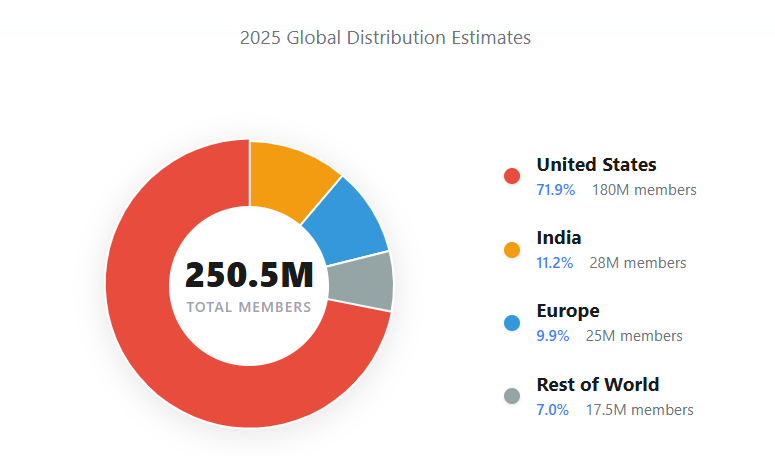
However, if you want more control over your customer relationships, FBM might be the right choice, since you handle everything directly and can interact with buyers on your own terms.
Can Amazon sellers use both FBA and FBM?
Yes. In fact, Jungle Scout’s data indicates that 9% of Amazon sellers sell using both methods. If you have a large variety of products, this can be an effective strategy to balance costs and maximise profits.
For example, imagine you sell two types of products. One product is oversized and sells slowly, while the other is small and sells quickly. To minimise your expenses, you could use FBM for the large, slow-moving product, while using FBA for the smaller, fast-turnover product.
6. Launch your product
Now that you've learned how to list and deliver your product on Amazon, it's time to act. One of the most exciting moments as an Amazon seller is finally launching your product.
The key goal on launch day is simple: get as many sales as you can right away. Strong early sales signal to Amazon that your product is worth showing higher in search results, which naturally leads to even more sales.
It’s a snowball effect that can really boost your momentum. To set yourself up for success, start marketing before launch. Build an audience, create some buzz, and get people ready to buy the moment your listing goes live.
7. Grow your sales after launch
Getting your product live is only the beginning. Once customers start receiving their orders, the next step is making sure that momentum doesn’t fade.
Ask for reviews (politely, through Amazon’s approved methods), since positive ratings can push your product higher in search and make buyers more confident.
Keep an eye on your sales data in Seller Central to see current trends and adjust pricing, keywords, or ads whenever you need to. You can also expand by running Amazon PPC ads, creating promotions, or bundling products to increase visibility on Amazon.
Consistent effort after delivery is what keeps sales growing and helps your product stand out long-term.
How to sell on Amazon: FAQs
Is it free to sell stuff on Amazon?
No, selling on Amazon is not free. You’ll need to choose between two selling plans. The Individual plan has no monthly subscription but charges £0.75 per item. The Professional plan costs £25 per month but doesn’t charge a per-item fee. On top of that, Amazon applies referral fees, fulfilment fees (if you use FBA), and other charges depending on your products.
Is it worth selling on Amazon UK for beginners?
Yes, many beginners start their online business journey with Amazon UK. The marketplace gives you access to millions of shoppers, tools to manage your store, and options like Fulfilment by Amazon (FBA) that handle storage, shipping, and customer service for you.
Can I make $1000 a month on Amazon?
Yes, you can but it depends on your product selection, profit margins, and sales volume. Some sellers reach this milestone quickly, especially if they sell in-demand items with healthy margins and optimise their listings. Others may take more time to build up.
While Amazon provides the platform and traffic, your effort in research, marketing, and inventory management will determine whether you can reach $1000 per month in profit.
How much does Amazon take from a $100 sale?
Amazon will take a portion of a £100 sale in the UK, with the exact amount depending on the product category, your selling plan, and whether you use Fulfilment by Amazon (FBA). You can expect to pay a 7–15% referral fee, plus potential monthly or per-item fees and fulfilment costs.
How long does it take for Amazon to pay its sellers?
Amazon pays sellers on a regular schedule. Once you’ve registered your Seller Account, your first payout is settled 14 days later. After that, the process repeats every 7 days. On your settlement date, Amazon initiates a transfer to your bank account, so while the money leaves Amazon that day, it may take a couple of business days to show up in your account.
Who can sell on Amazon?
The short answer is anyone. Amazon is home to both small businesses and big brands, and it gives every seller access to millions of customers shopping on the platform daily.

